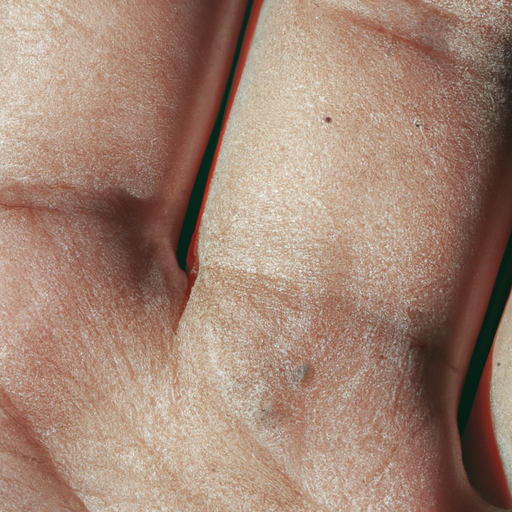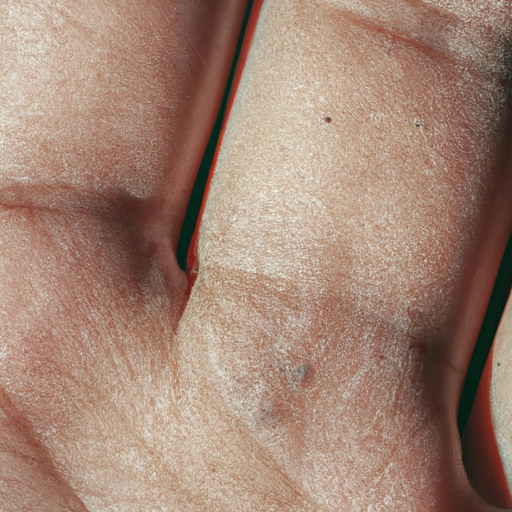As a dermatologist, I am often asked about the best ways to maintain healthy, radiant skin. One of the most effective methods I recommend is regular exfoliation. Exfoliation is a process that removes dead skin cells from the surface of your skin, revealing the fresh, healthy cells underneath and promoting cell turnover. This article will provide a comprehensive guide to face and body exfoliants and their usage.
Exfoliants come in two main types: physical and chemical. Physical exfoliants are products or tools that manually scrub away dead skin cells. These include facial scrubs, brushes, and microdermabrasion treatments. Chemical exfoliants, on the other hand, use ingredients like alpha and beta hydroxy acids (AHAs and BHAs), retinoids, and enzymes to dissolve the bonds between dead skin cells so they can be easily washed away.
Physical exfoliants can be effective, but they must be used with care. Over-exfoliation or using a product that is too harsh can damage the skin’s barrier, leading to redness, irritation, and increased sensitivity. I typically recommend using a gentle scrub or brush no more than once or twice a week, and always following up with a moisturizer to replenish any lost hydration.
Chemical exfoliants are often gentler on the skin and can be more effective at penetrating deeper layers of the skin. AHAs like glycolic and lactic acid are water-soluble and work on the surface of the skin to brighten and even out skin tone. BHAs like salicylic acid are oil-soluble and can penetrate into the pores to unclog them and reduce breakouts. Retinoids can also exfoliate while boosting collagen production to reduce signs of aging.
For those with sensitive skin, enzyme exfoliants can be a good option. These use ingredients like papaya, pineapple, and pumpkin to gently dissolve dead skin cells without causing irritation.
When using a chemical exfoliant, it’s important to start slowly. Begin by applying the product once a week, and gradually increase to two or three times a week as your skin adjusts. Always apply the product to clean, dry skin, and wait at least 10-15 minutes before applying other skincare products to allow the exfoliant to fully absorb.
Regardless of the type of exfoliant you choose, always remember to protect your skin from the sun. Exfoliation can make your skin more sensitive to UV rays, so it’s crucial to wear a broad-spectrum sunscreen with an SPF of at least 30 every day.
In conclusion, exfoliation is a key step in maintaining healthy, radiant skin. Whether you choose a physical or chemical exfoliant, remember to use the product gently and protect your skin from the sun. With regular exfoliation, you can help your skin look its best and reveal its natural radiance. As always, if you have any questions or concerns about exfoliation or skincare in general, don’t hesitate to reach out to a dermatologist for advice.




